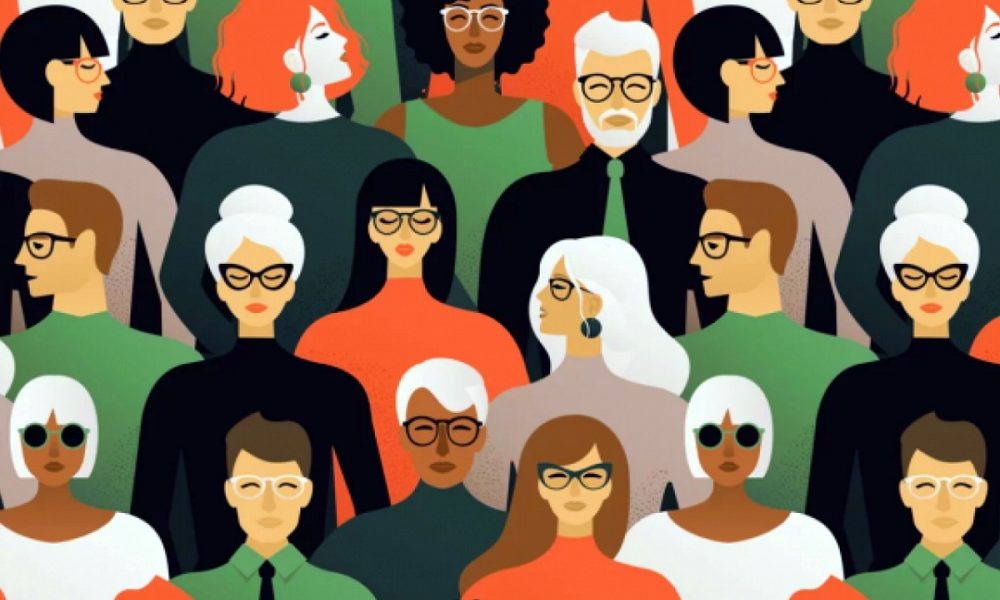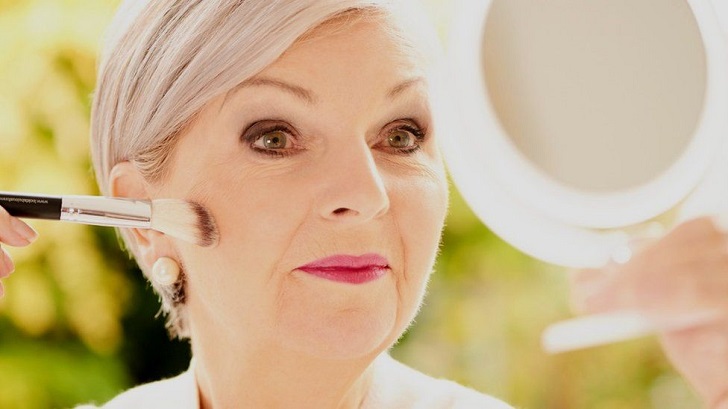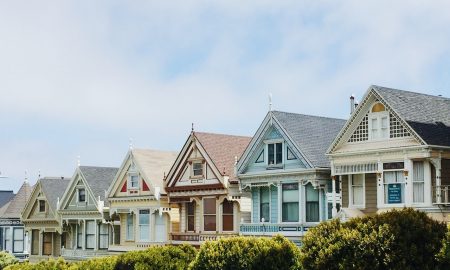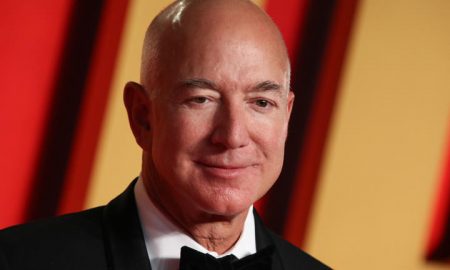
Ageism And Gender

Ageism and gender discrimination are pervasive social issues that affect individuals across generations. Ageism refers to prejudice and discrimination based on a person’s age, while gender discrimination refers to the unequal treatment of individuals based on gender. When these two forms of bias intersect, they create unique challenges and barriers for individuals.
In this article, we will explore the intersection of ageism and gender, examine the manifestations of discrimination, and discuss the importance of addressing these issues for a more inclusive and equitable society.

Richard Eisenberg/ Healthline | Globally, 1 in 2 people are ageist against older people
Stereotyping and Cultural Expectations
Both ageism and gender discrimination involve stereotyping and cultural expectations. Older women, for instance, may face gendered ageism, experiencing societal pressure to conform to traditional gender roles that limit their opportunities for career advancement or personal fulfillment. Similarly, young women may encounter ageist attitudes that dismiss their abilities and undermine their credibility based on assumptions of inexperience or lack of knowledge.
Employment and Economic Implications
Ageism and gender discrimination intersect in the workplace, resulting in employment and economic disparities. Older women may experience difficulty finding new employment opportunities due to age-related biases. In comparison, younger women may face challenges in career progression due to gender stereotypes and biases that limit their leadership opportunities. This intersectional discrimination can perpetuate the gender wage gap and hinder financial independence across generations.

TRICIA CUSDEN/ GETTY IMAGES | Age is one of the first things we notice about other people
Media and Representation
Media plays a crucial role in shaping societal perceptions and reinforcing ageist and gendered stereotypes. The media often perpetuates youth-centric ideals of beauty and success, disproportionately showcasing younger women and marginalizing older women. This lack of diverse representation fuels ageism and gender discrimination, affecting self-esteem, societal attitudes, and opportunities for women of all ages.
Healthcare and Age-Gender Bias
Age and gender biases can also influence healthcare experiences and outcomes. Older women may face underdiagnosis, undertreatment, or dismissal of their health concerns due to ageist and gendered assumptions. Younger women, particularly those in marginalized communities, may encounter barriers to accessing reproductive healthcare or be subjected to age-related restrictions that limit their autonomy and decision-making.

Getty/ Forbes | t older women face significant age discrimination in the entry-level job market
Caregiving and Intergenerational Relationships
The intersection of ageism and gender discrimination often manifests in caregiving responsibilities. As they age, older women may experience additional caregiving burdens due to societal expectations and traditional gender roles. On the other hand, young women may face pressure to balance caregiving responsibilities for children and aging parents, impacting their personal and professional lives. These dynamics underscore the need for supportive policies, flexible work arrangements, and shared caregiving responsibilities.
Empowering Intergenerational Collaboration
Addressing ageism and gender discrimination requires fostering intergenerational collaboration and creating spaces where experiences and perspectives are valued regardless of age or gender. Encouraging mentorship programs, intergenerational dialogue and initiatives that promote inclusivity and diversity can dismantle biases, challenge stereotypes, and foster mutual understanding and respect.
Policy Interventions
Legislation that promotes equal pay, workplace flexibility, and safeguards against age-based discrimination can create more inclusive and equitable work environments. Additionally, policies should be implemented to ensure comprehensive healthcare access for individuals of all ages and to support women’s economic empowerment across generations.
Educational Initiatives
Incorporating age and gender awareness in school curricula, promoting intergenerational dialogue, and encouraging critical thinking can help combat stereotypes, foster empathy, and create a more inclusive society. Education also empowers individuals to challenge biases, advocate for their rights, and foster respect for people of all ages and genders.
More in Business & Finance
-
`
Why 50-Year-Olds Are Looking for a Career Change
In today’s fast-paced and ever-evolving job market, it’s not uncommon to see individuals in their 50s embarking on new career paths....
November 20, 2023 -
`
Why Mortgage Demand Is Crashing as Interest Rates Skyrocket
Imagine having a favorite local ice cream shop that suddenly jacked up its prices by 50%. You would probably think twice...
November 18, 2023 -
`
Santo Spirits | Sammy Hagar and Guy Fieri’s Joint Venture
In the world of entrepreneurial partnerships, some unions are destined for greatness. The unexpected alliance between Sammy Hagar, the iconic Van...
November 12, 2023 -
`
Branded Content: A Genuine Way to Connect With Your Audience
Have you ever binge-watched a series on Netflix, only to later realize that the beverage everyone’s sipping on is that brand...
November 3, 2023 -
`
Southwest Airlines Tackles Passenger and Labor Challenges
Southwest Airlines, a prominent player in the aviation industry, has found itself at a crossroads, facing a combination of passenger dissatisfaction...
October 28, 2023 -
`
Everything You Need to Know About Blended Interest Rates
Hou ever blended a smoothie and thought, “How on Earth do my strawberries, spinach, and protein powder come together to taste...
October 17, 2023 -
`
The Osbournes ‘Relaunch’ Podcast After 5 Year Break
If you were glued to your TV in the early 2000s, there is no way you missed the hilarious, raucous, and...
October 10, 2023 -
`
Tesla in China: Back-to-Back Price Drops, But No Sales Jump?
As temperatures soared in the summer of 2023, Tesla seemed to be heating things up in the Chinese market too. A...
October 6, 2023 -
`
Navigating Red Flags in the Workplace
In the journey of our careers, it’s not uncommon to encounter red flags in our jobs that signal potential issues or...
September 30, 2023















You must be logged in to post a comment Login